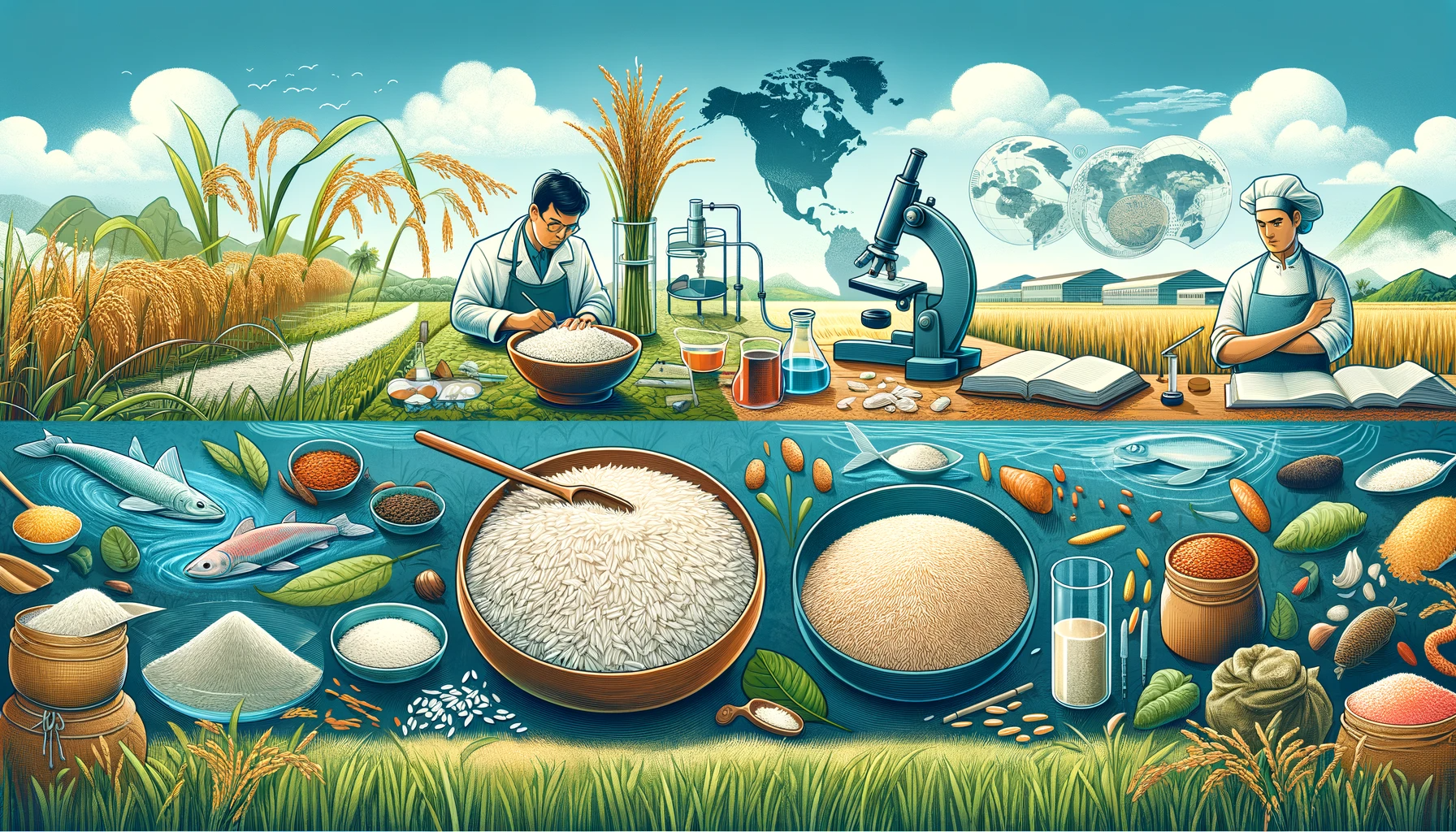Rice, one of the most important staple ingredients in the world, has a rich and fascinating history that spans thousands of years. From its origins in Asia to its global significance today, this humble grain has played a crucial role in shaping cultures, economies, and diets around the world. In this article, we will delve into the historical evolution of rice, tracing its journey from ancient times to the modern era.
The Origins of Rice Cultivation
Ancient Beginnings
Rice cultivation can be traced back to ancient China, with evidence dating back over 7,000 years. Initially, it was a wild grass known as Oryza rufipogon that grew in the region’s wetlands and marshes. Early farmers recognized its potential and began domesticating this wild rice, laying the foundation for the cultivation of the rice we know today.
Spread to India and Southeast Asia
Rice cultivation spread to India around 3000 BC, and it quickly became a staple crop in the Indian subcontinent. From there, it expanded further into Southeast Asia, where it thrived in the region’s tropical climate. The spread of rice cultivation was not just about food; it was also intertwined with the development of complex societies and cultures.
Rice in Ancient Civilizations
Ancient China
In ancient China, rice was not only a dietary staple but also a symbol of wealth and prosperity. It played a central role in Chinese agriculture and served as a foundation for the development of the Chinese civilization.
India’s Sacred Crop
In India, rice held a sacred status. It was mentioned in ancient scriptures like the Rigveda and played a crucial role in religious rituals and ceremonies. Rice’s significance went beyond the dinner plate; it was deeply woven into the fabric of Indian culture.
Southeast Asia and Beyond
Rice cultivation also spread to Southeast Asian civilizations, such as the Khmer Empire and the various kingdoms of Indonesia. It played a pivotal role in the growth of these societies and was a symbol of power and abundance.
The Role of Rice in Global Trade
Ancient Trade Routes
Rice was not just consumed locally; it became an essential commodity in ancient trade routes. Chinese traders exported rice along the Silk Road, introducing it to various parts of the world. This led to the adoption of rice as a staple crop in regions far from its origins.
Rice in the Americas
The journey of rice didn’t stop in Asia. It eventually found its way to the Americas through European explorers and African slaves. The cultivation of rice in the American South became a crucial element of the region’s economy, shaping its history and culture.
Modern Rice Cultivation and Varieties
Green Revolution
The mid-20th century saw a significant advancement in rice cultivation with the Green Revolution. Scientists developed high-yielding rice varieties, leading to increased production and helping alleviate global food shortages.
Varieties and Diversity
Today, there are thousands of rice varieties, each adapted to different growing conditions and culinary preferences. From long-grain to short-grain, jasmine to basmati, rice offers a vast array of options for cooking and nutrition.
Conclusion
Rice has come a long way from its humble beginnings as a wild grass in ancient China. Its historical evolution is a testament to its importance as a staple ingredient that has shaped cultures, civilizations, and global trade for millennia. From sacred rituals in India to the American South’s rice plantations, this versatile grain has left an indelible mark on our world.
As we continue to enjoy rice in various dishes around the globe, it’s essential to remember its rich history and the journey it has undertaken to become the staple ingredient it is today. Understanding the evolution of rice allows us to appreciate not only its culinary value but also its cultural significance in our interconnected world.
